Friends of the Scarsdale Library Say Thank You!
- Details
- Written by: Joanne Wallenstein
- Hits: 6379
 To the Editor: On behalf of the Friends of the Scarsdale Library, we would like to express our gratitude to so many in the community for making our fourth Spelling Bee a tremendous success. The funds raised will be used to upgrade the Library's lobby and entryway.
To the Editor: On behalf of the Friends of the Scarsdale Library, we would like to express our gratitude to so many in the community for making our fourth Spelling Bee a tremendous success. The funds raised will be used to upgrade the Library's lobby and entryway.
Our congratulations to all the team members and particularly to our winning team, the Library Trust-Bees (Seth Ross, Terri Simon, and Florie Wachtenheim)!
We would like to thank our fantastic emcee Ed Coleman; our judges NYS Assemblywoman Amy Paulin, Deputy Mayor Jonathan Mark and Spelling Bee Committee member Margaret Smith; our photographer Larry Smith; our tech crew including Steve Bogardus, Dave Berry, and Kamal and Rohan Mehta; and our many "worker bees" who helped out during the evening.
Please support our generous sponsors: Platinum: Thomson Reuters; Diamond: Mercedes-Benz of White Plains, Paul Hastings LLP, and Sara & Rick Werder; Gold: Country Bank, Houlihan Lawrence, Julia B. Fee Sotheby's International Realty, Drs Renu & Anil Lalwani, and Margaret & Laurence Smith; and Silver: Christine & John Bensche, Buzz Potential Inc, Coldwell Banker, Linda & Jonathan Flaxer, Frank's Home Improvements, Drs Lopa & Mantu Gupta, Prudential Centennial Realty, Rachele Rose Day Spa, William & Cynthia Roberts, Vintology, and A.G. Williams Painting Company. Numerous "Friends of the Bee" also made donations to help us achieve our goal.
Our heartfelt appreciation to TestTakers for donating an SAT study course; our other auction and raffle donors (Pole Position Dance & Fitness, Rachele Rose Day Spa, Skin TheraP, SoulCycle, Steve Sohn's Jujitsu Concepts/Krav Maga, and Yoga Station); our team prize donors (BlueQ.com, Chat, Eastchester Fish Gourmet, Masala Kraft, Moscato, and Patisserie Salzburg); and our refreshment donors (DeCicco Family Markets, Fresh Market and ShopRite).
And we are BEEholden to our unBEElievable committee: Christine Bensche, Liz Blagg, Ellen Brodsky, Mona Longman, Carolyn Mehta, and Margaret Smith.
Sincerely,
Renu Lalwani and Sara Werder, Spelling Bee Co-Chairs
Residents and Officials Voice Concern About Cuomo's Consolidation Proposal
- Details
- Written by: Joanne Wallenstein
- Hits: 10369
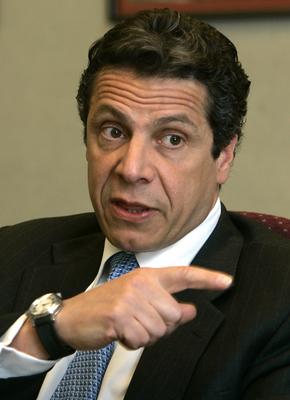 Governor Cuomo's latest proposal to force local municipalities and school districts to consolidate is causing concern among Scarsdale school administrators, the Board of Education, residents, the Village Manager and even the Mayor.
Governor Cuomo's latest proposal to force local municipalities and school districts to consolidate is causing concern among Scarsdale school administrators, the Board of Education, residents, the Village Manager and even the Mayor.
Under the proposal, which was unveiled in Cuomo's State of the State address on January 22, the Governor is recommending a two-year property-tax freeze for homeowners if their local governments and school districts meet two conditions: 1) Stay within the tax-levy cap both years and 2) implement a shared services or administrative consolidation plan that saves 1 percent of the levy a year for three years. Homeowners who earn less than $500,000 per year and live in districts where both the school and village comply with the mandate, would qualify for a tax rebate. Current estimates project that qualifying homeowners would receive an annual rebate of between $150 to $350.
The measure's intent is to reduce the number of municipal governments and school districts across the state by offering taxpayers incentives to force their local governments to consolidate and cost-save. For example, if the Scarsdale School District were to participate, it would form a consortium with the largest school in our regional district, which is New Rochelle, share services and potentially eliminate duplication to save money.
Administrators and educators who lead local schools and governments are already feeling the heat from two years of budgeting to the state-imposed tax cap. This new move is seen by some as yet another state mandate in the absence of any reforms to address pension and retirement costs, state testing costs, special education costs and other mandates that have squeezed local budgets. As School Board member Mary Beth Gose said, "Some suspect that Cuomo is pandering to voting blocs and using this proposal to extend the tax cap."
Speaking at the Scarsdale School Board meeting on Monday night January 27, Art Rublin and Diane Greenwald of the Coalition for Scarsdale Schools, said, "There are serious concerns about the threat posed by the proposal from Governor Cuomo. " It "compounds challenges for schools" who will need to "either forgo revenue or seek an override." Quoting the NYS School Boards Association, Rublin said, "Schools will be unable to continue services without exceeding the tax cap."
Greenwald continued, saying, "We are not sure how much more savings can be squeezed out of school districts. The Governor's proposal is dangerous given the high percentage of local taxes that contribute to our local revenues... We all want to protect what we have built."
Scarsdale Village Manager Al Gatta was also skeptical about the possible effects of forcing consolidation. He said, "In regard to the 2% cap on the property tax levy, we have been informed by the State Controller's Office that the Village of Scarsdale's cap for the 2014-2015 budget is 1.48%. This information makes the already challenging task of staying within the cap for the 2014-2015 budget much more difficult. After a number of years of adhering to the cap and as the smaller communities begin to show the impacts from the service reductions and deteriorating infrastructure, these communities, by default, may have no alternative other than to merge services and even consolidate with the larger jurisdictions."
Consolidation and merger as a matter of public policy in itself can have benefit, but it is prudent to look at impacts on quality of resulting programs and to analyze end costs. In a sense to force a consolidation or a program merger as a means of addressing the overburdened property tax may prove disappointing by not bringing better service levels or the expected decreases in property tax levies.
If the use of the property tax were the problem, would it not be better to address the matter as a tax issue and explore ways to more fairly and equitably fund local governments? Tax reform and how to fund local governments seems to me to be a more straightforward approach in dealing with the property tax problem, rather than forcing situations where communities make decisions that may not result in better government or quality of life for residents."
However, State Assemblywoman Amy Paulin emphasized that this is an opt-in program and participation is not  mandatory. She argued that only those villages and school districts who would benefit from the program would participate. As only a subset of Scarsdale taxpayers would qualify for the $350 checks many in Scarsdale would see no financial benefit from a program that would mean major changes to their Village services and schools. She said, "If the threshold is too high, districts will not want to comply." She also said that the state budget has just been proposed and that legislators will assess the reaction of their constituents and negotiate with the Governor during February and March.
mandatory. She argued that only those villages and school districts who would benefit from the program would participate. As only a subset of Scarsdale taxpayers would qualify for the $350 checks many in Scarsdale would see no financial benefit from a program that would mean major changes to their Village services and schools. She said, "If the threshold is too high, districts will not want to comply." She also said that the state budget has just been proposed and that legislators will assess the reaction of their constituents and negotiate with the Governor during February and March.
During a discussion about the proposal at the Monday night BOE meeting, Board President Suzanne Seiden said she met with Scarsdale's Mayor Robert Steves and they came up with the idea of issuing a joint statement in objection to the consolidation proposal. At the end of the night, the Board of Ed agreed to work on a joint statement between the Scarsdale Village Board and Scarsdale School Board stating their concerns about the measure.
Learn more about this issue on the Scarsdale PT Coucil webpage here:
CNC Nominates Lee, Pekarek and Samwick for Village Trustee
- Details
- Written by: Joanne Wallenstein
- Hits: 10479
 Citizen's Nominating Committee Chairman David Irwin announced that the committee has nominated three candidates to serve as Scarsdale Village Trustee. At their 1/22 meeting, the committee selected David Lee, Deborah Pekarek and Mark Samwick as its nominees for the three open positions on the Scarsdale Village Board.
Citizen's Nominating Committee Chairman David Irwin announced that the committee has nominated three candidates to serve as Scarsdale Village Trustee. At their 1/22 meeting, the committee selected David Lee, Deborah Pekarek and Mark Samwick as its nominees for the three open positions on the Scarsdale Village Board.
Trustee David Lee is completing his second year on the Village Board and is being re-nominated for a second two-year term. During his first term as a Village Trustee, David has served as chair of the Board's Law and Recreation Committees and served as liaison to numerous Village councils and organizations. He has coached for many years for the Village's recreation leagues as well as for travel and little leagues. David is a lawyer specializing in the area of trusts and estates. Commenting on the news, Trustee David Lee said, "I'm really delighted to be given a further opportunity to serve on Village Board. The Board's work is both interesting and, at times, quite gratifying when we develop solutions to some of the more challenging issues that our community faces. I also take great pleasure in working closely with the high-quality people we have both on the Board and on our Village professional staff.
Deb Pekarek has extensive experience as a volunteer for Scarsdale organizations. These include, among others, serving as President of the Greenacres Neighborhood Association, 1st Vice President of the League of Women Voters, Co-Chair of the Scarsdale Forum's Sustainability Committee, Secretary/Treasurer of the Scarsdale Bowl Committee and a number of positions with the Junior League of Central Westchester. Professionally, Deb has worked as a teacher and in various other educational positions. About her nomination, Pekarek said, "I am thrilled to have been nominated and look forward to continuing to serve Scarsdale."
President of the League of Women Voters, Co-Chair of the Scarsdale Forum's Sustainability Committee, Secretary/Treasurer of the Scarsdale Bowl Committee and a number of positions with the Junior League of Central Westchester. Professionally, Deb has worked as a teacher and in various other educational positions. About her nomination, Pekarek said, "I am thrilled to have been nominated and look forward to continuing to serve Scarsdale."
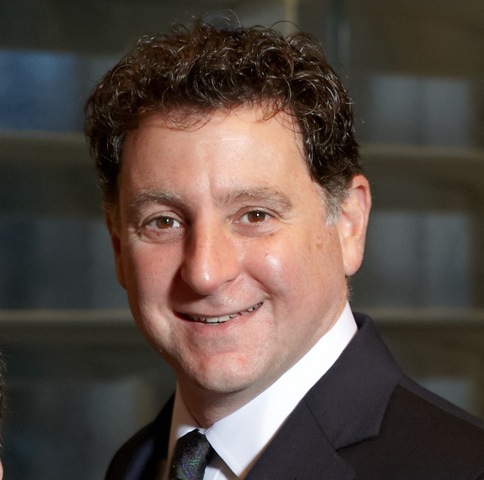 Marc Samwick is a real estate investor and developer whose real estate investment activities are concentrated in New Jersey, New York and Connecticut. Marc has extensive volunteer experience with Little League baseball. He just completed three years of service on the Board of Scarsdale Little League and he has coached over 20 Little League teams over the past 15 years. Marc also currently serves on the Finance Committee of Westchester Reform Temple and as an Alternate on the Scarsdale Planning Board. Reached today, Marc said, "I am happy and honored to receive the support of the Citizens Nominating Committee. I look forward to having the opportunity, if elected, to serve our community as a Village Trustee and I will strive to meet the high standards established by the Village Trustees, Mayor and professional staff."
Marc Samwick is a real estate investor and developer whose real estate investment activities are concentrated in New Jersey, New York and Connecticut. Marc has extensive volunteer experience with Little League baseball. He just completed three years of service on the Board of Scarsdale Little League and he has coached over 20 Little League teams over the past 15 years. Marc also currently serves on the Finance Committee of Westchester Reform Temple and as an Alternate on the Scarsdale Planning Board. Reached today, Marc said, "I am happy and honored to receive the support of the Citizens Nominating Committee. I look forward to having the opportunity, if elected, to serve our community as a Village Trustee and I will strive to meet the high standards established by the Village Trustees, Mayor and professional staff."
If elected, the two new nominees will fill the seats of Trustees, Kay Eisenman and Jon Mark, who will complete two years of service on the Board of Trustees this spring. The village-wide election is scheduled for March 18, 2014.
High School Students Vow to Change
- Details
- Written by: Ali Farfel
- Hits: 3834
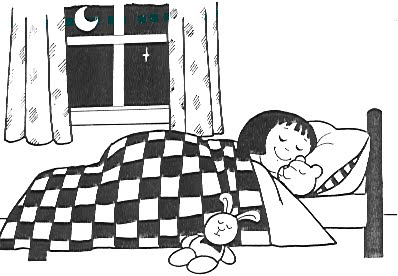 Each year people make resolutions to do better or be better in some way. We hear about what politicians will try to improve, and we hear about what adults care to change, but rarely do we hear from the students. Students are creative and fun, and are tougher on themselves than most adults are. Therefore, it's important that students take part in the resolution ritual, and that everyone hear about them and help fulfill them.
Each year people make resolutions to do better or be better in some way. We hear about what politicians will try to improve, and we hear about what adults care to change, but rarely do we hear from the students. Students are creative and fun, and are tougher on themselves than most adults are. Therefore, it's important that students take part in the resolution ritual, and that everyone hear about them and help fulfill them.
Sam Kaplan, a senior at Scarsdale High School has one of the classic resolutions, to try new things and step out of his comfort zone. This specific resolution has been said over and over throughout the years, but it is one of the toughest to achieve. Juniors Sara Calderon and Kristina Camaj want to attempt to care less about what people think of them. "I want to focus more on myself," Kristina said. Amanda Shuster resolves to work harder this year (as the new president of the school we're sure she will!), and Allison Shein plans to try going to bed at a reasonable time on school days. Both Amanda and Allison are working through a tough junior year, so hopefully they can succeed in their goals. As his senior year is nearly half way over, senior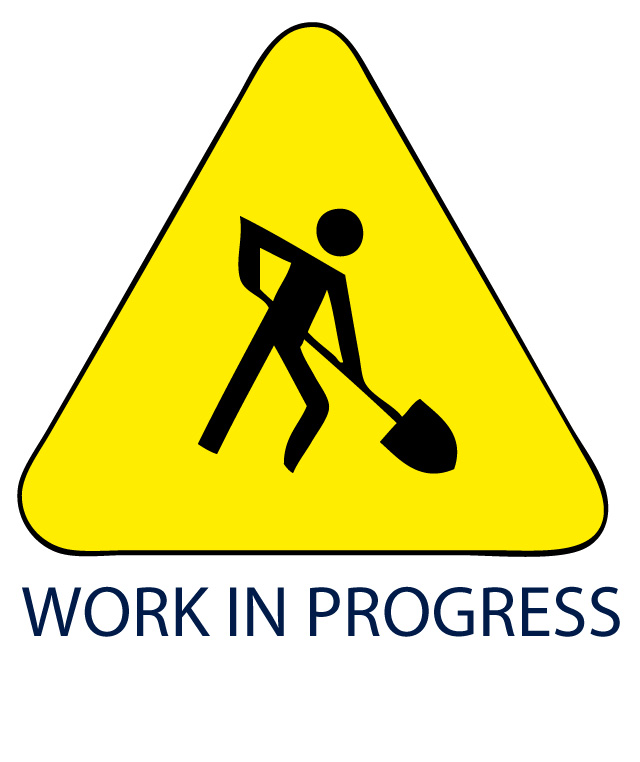 Evan Dweck's resolution is, "to not senior slump that much." Very respectable. Finally, senior Krysna wants to be more organized with school work and life in general. She also had an interesting prediction for the new year. "I predict that the winter olympics is going to be terrible but the world cup is going to be amazing."
Evan Dweck's resolution is, "to not senior slump that much." Very respectable. Finally, senior Krysna wants to be more organized with school work and life in general. She also had an interesting prediction for the new year. "I predict that the winter olympics is going to be terrible but the world cup is going to be amazing."
On that high note, good luck to everyone out there with a resolution to fulfill.
Ambulance Corps Responds to Record Number of Calls
- Details
- Written by: Joanne Wallenstein
- Hits: 3692
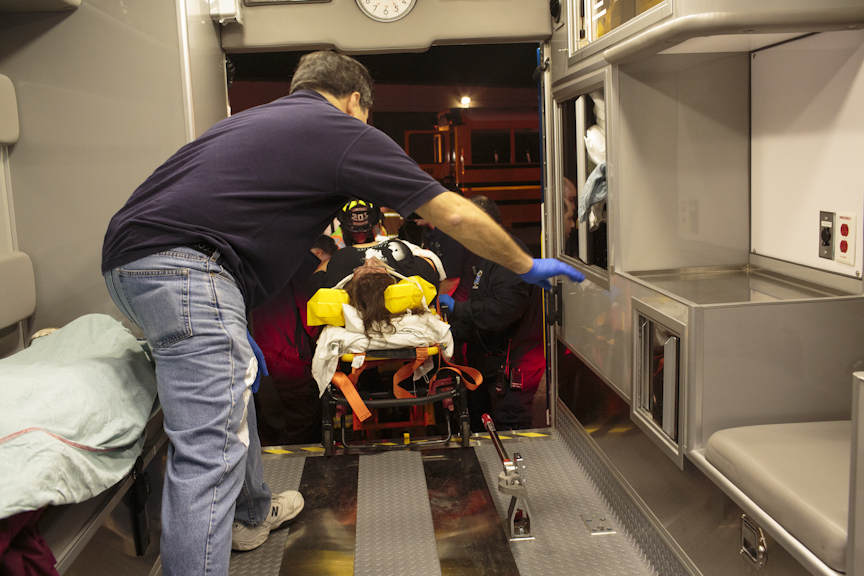 The first two weeks of 2014 have been unusually busy at the Scarsdale Volunteer Ambulance Corps, due in large part to the extreme weather. The overall call volume is nearly 20% higher than the same period last year.
The first two weeks of 2014 have been unusually busy at the Scarsdale Volunteer Ambulance Corps, due in large part to the extreme weather. The overall call volume is nearly 20% higher than the same period last year.
In the 24-hour period starting January 5, SVAC responded to 13 calls, four times its average. While most of the calls were falls due to slippery walkways from a weekend storm, SVAC also responded to a cardiac arrest and three medical-related calls. In all, ten people were transported to area hospitals.
"If we are transporting a patient, an ambulance will be tied-up for at least an hour," said David Raizen, SVAC's President. "Two of our three ambulances handled all of those calls, with at least one of them on the road constantly during that time."
Then, last Friday and Saturday after temperatures rose, SVAC responded to a total of 21 calls in 48 hours, which included three Scarsdale ambulances standing by at a gas leak on Garth Road.
The last time SVAC was this busy was during Hurricane Sandy, in 2012, when they responded to 13 calls in 28 hours. In all three events, Scarsdale was able to handle the increased call volume without requesting assistance from neighboring towns, a practice known as "mutual aid." Mutual aid introduces delayed response times due to the process of finding an available ambulance and the added distance to the scene.
"The only thing predicable about EMS is that it's unpredictable," said Raizen. "This serves as a reminder of how important it is to support SVAC, both financially and through volunteerism, to continue our tradition of providing the highest level of pre-hospital care in the County."
The SVAC fund drive is 85% under its annual goal. Proceeds are primarily used for insurance and to hire career paramedics who can administer more than 40 drugs and interpret an EKG in the field.
They also rely heavily on volunteers to drive the ambulance and provide additional care, eliminating the need to tax Scarsdale residents for EMS services. No experience is necessary as SVAC provides all needed training to its volunteers.
For more details about donating or volunteering, visit www.scarsdalevac.com. Checks can also be sent directly to PO Box 92, Scarsdale, NY 10583.










